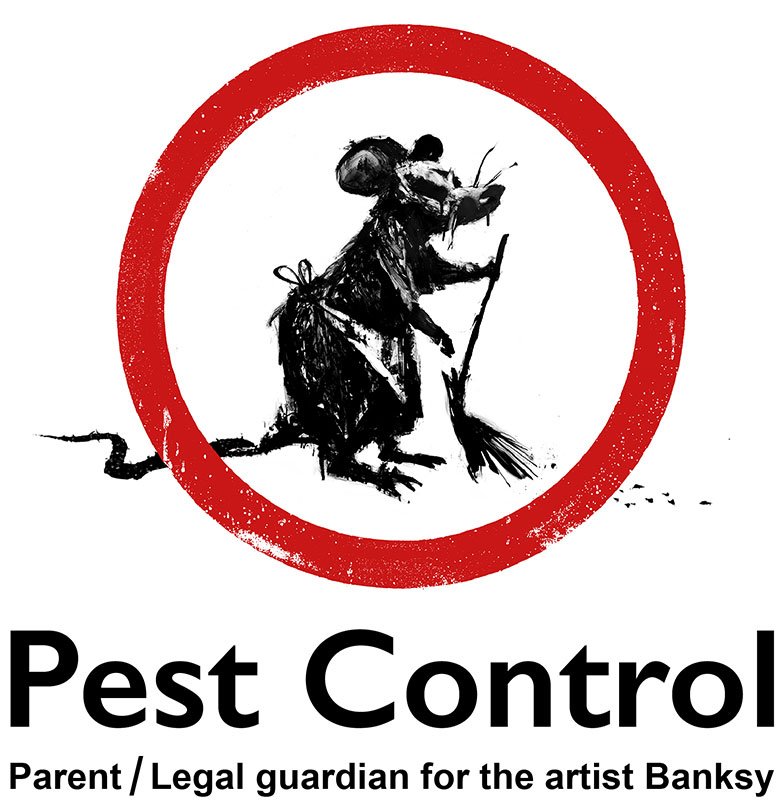Discovering Infestation and Therapy Methods in the World of Insect Control
The landscape of insect control includes a myriad of obstacles, particularly as invasions of usual house pests continue to develop. By incorporating preventative actions with advanced management techniques, such as Integrated Insect Administration (IPM), house owners can much better guard their settings.

Typical Family Vermin
When it involves handling our space, understanding common household pests is important. These bugs not only disrupt our comfort but can also position health risks and damage residential or commercial property. The most prevalent household pests consist of ants, roaches, rats, termites, and bed insects.
Ants, usually seen foraging in cooking areas, can pollute food and develop big colonies. Rats, including computer mice and rats, can trigger structural damages and lug diseases like hantavirus and salmonella.
Identifying the indications of these parasites, such as droppings, nests, or bite marks, is essential for very early intervention (Pest Control Lockhart). Correct sanitation techniques, sealing access points, and keeping a clutter-free environment are reliable preventative steps. By recognizing these common house insects and recognizing their behaviors, home owners can take proactive actions to mitigate invasions, ensuring a healthier living environment
Understanding Bug Infestations
Bug problems can rise quickly, turning a minor inconvenience into a considerable issue if not attended to immediately. Typical aspects adding to problems consist of bad cleanliness, architectural vulnerabilities, and seasonal modifications that drive bugs inside.
Recognizing the sort of bug is necessary, as various types display different behaviors and reproductive rates. For instance, rodents may develop nests in surprise locations while bugs like cockroaches flourish in damp settings. Early discovery commonly rests on recognizing signs such as droppings, munch marks, or uncommon noises, which can indicate a trouble before it becomes extreme.
Ecological conditions also play an essential function in pest spreading. Cozy, humid environments can assist in the rapid development of insect populations, while modifications in landscaping or construction can accidentally create helpful atmospheres. Therefore, normal evaluations and preventative actions are extremely important to mitigating the danger of infestations. An informed technique to understanding these characteristics lays the groundwork for efficient parasite administration approaches in the future.
Treatment Techniques and Strategies
Effective treatment techniques and strategies are vital for minimizing pest infestations and bring back a risk-free setting. A complex approach is typically best, integrating chemical, organic, and mechanical approaches customized to the specific pest and the seriousness of the invasion.
Chemical treatments include using insecticides and herbicides, which can successfully get rid of bugs. Correct application and adherence to safety and security standards are vital to decrease threats to people and non-target organisms. Integrated Insect Administration (IPM) encourages the cautious use chemicals as a last resort, counting rather on tracking and threshold levels to determine treatment requirements.
Organic control techniques involve presenting natural killers or parasites to reduce bug populations. This strategy is progressively popular, specifically in agricultural setups, as it promotes ecological sustainability.
Mechanical methods, such as catches and barriers, give instant alleviation from insects without presenting chemicals. Choices consist of sticky traps for pests or physical barriers for rats.
Ultimately, the option of treatment technique need to think about the details insect, the setting, and potential influence on human health and ecological communities. A balanced mix of these strategies can redirected here efficiently take care of infestations while advertising lasting insect control options.
Preventive Steps for Residence
Proactively addressing insect concerns prior to they escalate is important for keeping a healthy and balanced home environment (Pest Control Lockhart). Carrying out reliable precautionary steps can dramatically reduce the possibility of invasions, inevitably guarding both your home and wellness

Proper landscape design also plays an essential role in avoidance. Maintaining bushes and trees cut away from the home minimizes the possibilities of insects discovering their way indoors. Furthermore, ensure that water drainage systems are operating effectively to stop standing water, which can attract insects and various other bugs.
Last but not least, routine inspections are advisable. Consistently looking for signs of pest task allows for very early intervention. By adopting these preventative steps, homeowners can produce an environment that is much less congenial to pests, consequently enhancing their total lifestyle and lowering the demand for comprehensive parasite control interventions.
Business Insect Control Strategies
A detailed original site approach to industrial pest control is necessary for businesses aiming to keep a safe and sanitary environment. Efficient approaches involve a mix of normal evaluations, worker training, and the implementation of Integrated Insect Monitoring (IPM) practices.
Regular assessments enable early detection of parasite task, allowing for timely treatment. Organizations ought to establish a regular timetable for these assessments, focusing on high-risk locations such as cooking areas, storeroom, and garbage disposal websites. Staff member training is just as essential; personnel must be enlightened on the indicators of pest infestations and the significance of reporting them promptly.
Applying IPM techniques helps mitigate insect problems sustainably. This includes habitat adjustment, such as sealing entrance points and decreasing clutter, in addition to utilizing natural deterrents before resorting to chemical treatments.

Furthermore, collaborating with a certified parasite control service provider guarantees access to expert expertise and innovative therapy choices. This partnership can result in customized pest control intends customized to the certain requirements of the company, reducing risks and boosting total effectiveness. Ultimately, a proactive and enlightened strategy promotes a pest-free environment, safeguarding both public wellness and service credibility.
Conclusion
In verdict, efficient pest control necessitates an extensive understanding of usual household insects and their actions, combined with targeted treatment methods. Implementing preventative procedures together with treatment approaches such as Integrated Insect Management and organic control enhances the capacity to reduce problems. Routine examinations and a combination of chemical and mechanical solutions additionally add to preserving pest-free environments. Eventually, a well-rounded technique to pest management is crucial for protecting living rooms from unwanted trespassers. go to this site